Pork rib soup is a beloved dish across cultures, prized for its rich flavor, comforting warmth, and nutritional benefits. Whether simmered for hours with aromatic herbs or paired with vegetables for a wholesome meal, the foundation of a great pork rib soup lies in selecting the right cut of meat. With numerous pork rib varieties available, each offering distinct textures and flavors, understanding their differences is crucial to achieving the perfect bowl of soup. This guide explores the most common pork rib cuts, their suitability for soup-making, and tips to elevate your broth’s taste and consistency.
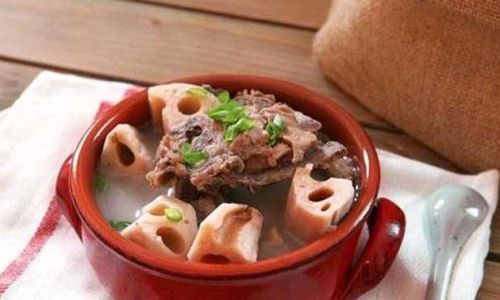
Understanding Pork Rib Anatomy
Before diving into specific cuts, it’s essential to grasp the basic anatomy of pork ribs. Pork ribs come from the ribcage of the pig, which is divided into sections: the spareribs (near the belly), back ribs (closer to the loin), and rib tips (the cartilage-rich ends). Each section’s position influences its meat-to-fat ratio, bone density, and cooking characteristics.
Spare Ribs: The Classic Choice for Depth of Flavor
Spare ribs, often labeled as “side ribs” or “spare ribs,” are cut from the lower portion of the ribcage, near the pig’s belly. They are known for their generous marbling, meatiness, and connective tissue, making them a favorite for slow-cooked dishes like soups and stews.
Pros for Soup:
- Rich Flavor: The high fat content and collagen in spare ribs melt during slow simmering, creating a velvety, flavorful broth.
- Meat Texture: The meat becomes tender and falls off the bone, adding a satisfying mouthfeel to the soup.
- Cost-Effective: Spare ribs are typically more affordable than leaner cuts, making them ideal for budget-conscious cooks.
Cons:
- Fat Content: The excess fat may render into the broth, resulting in a greasy layer if not skimmed during cooking.
- Cooking Time: Requires longer simmering (2–3 hours) to break down tough connective tissues.
Best Preparation Tips:
- Blanch the ribs in boiling water first to remove impurities and excess fat.
- Simmer on low heat to extract maximum flavor without overcooking the meat.
Baby Back Ribs: Leaner and Quicker-Cooking
Baby back ribs, also called “loin back ribs,” are taken from the upper ribcage, near the pig’s loin muscle. They are shorter and curvier than spare ribs, with less fat and more tender meat.
Pros for Soup:
- Leaner Profile: Lower fat content results in a clearer, less greasy broth.
- Faster Cooking: Their tenderness means they can be ready in 1.5–2 hours, suitable for quicker recipes.
- Mild Flavor: Their delicate taste pairs well with subtle herbs and vegetables.
Cons:
- Less Marbling: May lack the deep richness of spare rib broth.
- Smaller Bones: The bones are thinner, contributing less gelatin to the broth.
Best Preparation Tips:
- Marinate the ribs briefly to enhance flavor before simmering.
- Use a pressure cooker to speed up the tenderizing process.
St. Louis-Style Ribs: The Trimmed Alternative
St. Louis-style ribs are spare ribs trimmed of the sternum, cartilage, and rib tips, resulting in a rectangular, uniform shape. They offer a balance between the meatiness of spare ribs and the manageable size of baby backs.
Pros for Soup:
- Consistent Texture: The even shape ensures even cooking and meat distribution.
- Moderate Fat: Retains enough marbling for flavor without excessive greasiness.
- Versatility: Works well in both slow-cooked soups and quicker recipes.
Cons:
- Slightly Pricier: The trimming process may increase their cost compared to untrimmed spare ribs.
Best Preparation Tips:
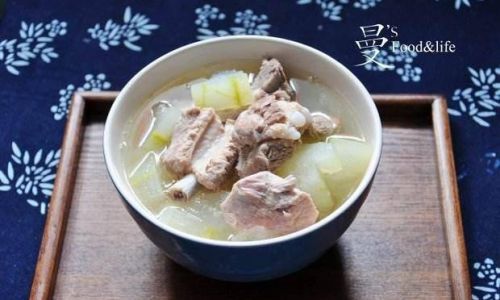
- Remove the silver skin (the membrane on the bone side) to prevent toughness.
- Roast briefly before adding to the soup for added caramelization.
Country-Style Ribs: Meat-Forward and Budget-Friendly
Country-style ribs are not actually ribs but are cut from the shoulder blade or sirloin end of the loin. They are meatier, boneless or nearly boneless, and resemble pork chops more than traditional ribs.
Pros for Soup:
- High Meat Yield: Ideal for soups where meat is the star ingredient.
- Quick Cooking: Leaner and thinner than spare ribs, cooking in 1–1.5 hours.
- Customizable: Can be sliced into chunks for easier eating.
Cons:
- Less Bone Content: Fewer bones mean less gelatin for a silky broth.
- Dryness Risk: Overcooking can result in tough, dry meat.
Best Preparation Tips:
- Sear the meat before simmering to lock in juices.
- Add acidic ingredients like tomatoes or vinegar to tenderize the meat.
Rib Tips: For Bold, Gelatinous Broth
Rib tips are the cartilage-heavy ends of spare ribs, often sold separately. They are fatty, chewy, and packed with collagen, making them a secret weapon for ultra-rich broths.
Pros for Soup:
- Gelatin Boost: The cartilage dissolves into the broth, creating a luxurious, thick texture.
- Affordable: Typically cheaper than other cuts.
Cons:
- Chewy Texture: The cartilage remains even after long cooking, which may not appeal to all.
- Intense Fat: Requires thorough skimming to avoid a greasy broth.
Best Preparation Tips:
- Combine with other rib cuts to balance texture.
- Use a fine-mesh strainer to remove cartilage fragments before serving.
Cooking Methods: Slow vs. Fast
The cooking method greatly influences rib choice:
- Slow Simmering (2+ hours): Ideal for spare ribs, rib tips, or St. Louis-style ribs. The extended heat breaks down collagen into gelatin, enriching the broth.
- Pressure Cooking (30–45 minutes): Suitable for baby back or country-style ribs, preserving tenderness without drying out the meat.
- Roasting First: Searing or roasting ribs before simmering adds depth via the Maillard reaction.
Flavor Pairings and Enhancements
The right ribs are just the start. Enhance your soup with:
- Aromatics: Garlic, ginger, onions, and leeks.
- Herbs: Thyme, bay leaves, or cilantro.
- Umami Boosters: Dried mushrooms, tomato paste, or soy sauce.
- Acidity: A splash of vinegar or lemon juice balances richness.
Nutritional Considerations
- Fat Content: Spare ribs and rib tips are higher in saturated fat; opt for leaner cuts like baby backs for lower calories.
- Protein: All ribs are protein-rich, with country-style ribs offering the most per serving.
- Collagen: Beneficial for joint health, found abundantly in slow-cooked broths.
Cultural Variations
- Asian Soups: Chinese “lu rou tang” (pork rib soup with daikon) often uses spare ribs for sweetness.
- European Broths: French pot-au-feu may feature country-style ribs for heartiness.
- Latin American Dishes: Brazilian caldo de costela (rib soup) leans on St. Louis-style ribs for balance.
Common Mistakes to Avoid
- Skipping Blanching: Always parboil ribs to remove impurities.
- Overcrowding the Pot: Leave space for even heat distribution.
- Adding Salt Too Early: Salt draws moisture from meat; add it midway through cooking.
- Rushing the Process: Patience is key for collagen breakdown.
Conclusion: The Perfect Rib for Every Palate
The best pork rib for soup depends on your priorities: flavor depth, cooking time, or meat quantity. Spare ribs shine in traditional, slow-cooked broths, while baby backs suit lighter, quicker recipes. Experiment with combinations—like pairing St. Louis-style ribs with rib tips—to achieve a harmonious blend of richness and texture. Remember, the secret to exceptional soup lies not just in the cut, but in the love and time invested in its preparation. So grab your apron, choose your ribs wisely, and let the simmering begin!
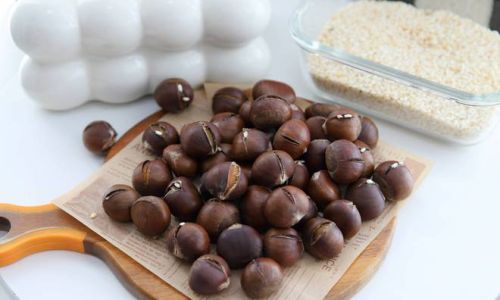
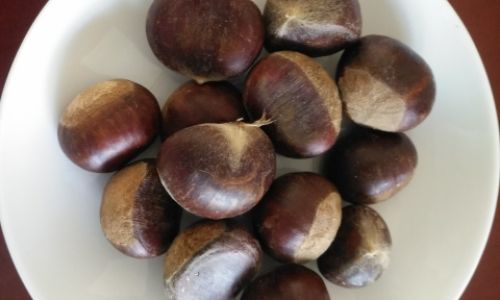
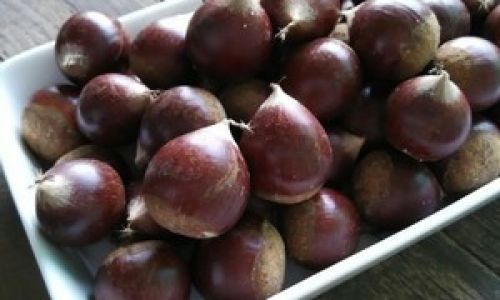
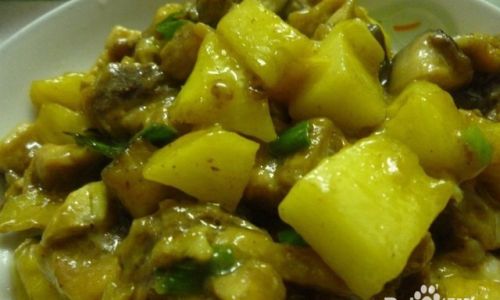
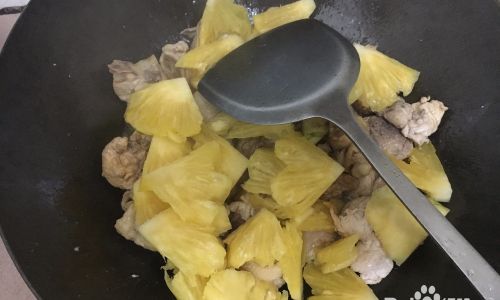
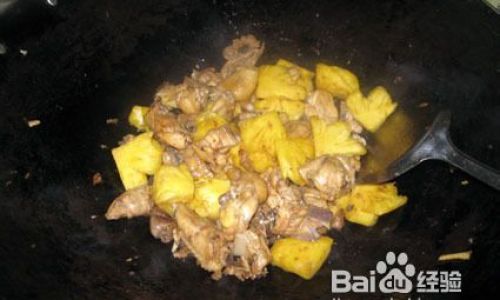
0 comments